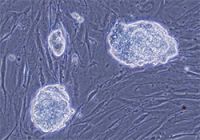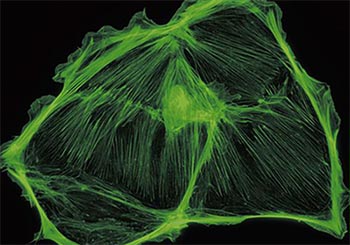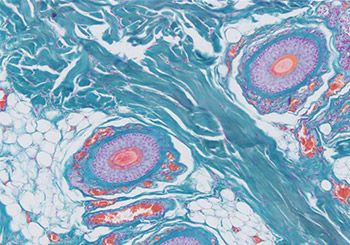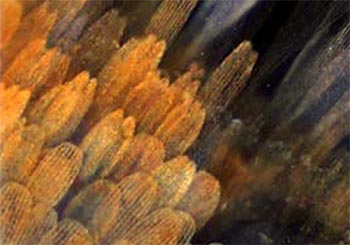Cell Culture
.jpg?rev=DB09)
| DP28 | DP23 | EP50 | DP23M | |
|---|---|---|---|---|
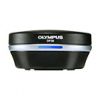 |  |  |  | |
Pixel size (μm) | 3.45 x 3.45 µm | 2.4 × 2.4 μm | 2.4 × 2.4 μm | 2.4 × 2.4 μm |
Number of pixels (MP) | 890万画素 | 640万画素 | 500万画素 | |
Image Sensor | 1 型 カラー CMOS | 1/1.8 型 カラー CMOS | 1/1.8 型 カラー CMOS | 1/1.8型 背面照射型高感度CMOSモノクロセンサー |
Frame rate (fps)
at max resolution
|
最大32 fps (4104 x 2174) 最大解像度
|
最大45 fps (3088 x 2076) 最大解像度
| 最大30 fps (フルHD 16:9 on PC, 1920 × 1080) |
最大45 fps (最大解像度)
フレームレートはPCやソフトウェア、モニターの状態によって低下する場合があります |
Connector | USB 3.1 Gen1 ※2 | USB 3.1 Gen1 ※2 | HDMI, WLAN (using the WLAN adaptor), Ethernet (using the USB-to-Ethernet adaptor) | USB 3.1 Gen1* |
Color |
|
|
|
|
|
|
|
| |
Remark |
Focus Peaking manual focus assist
|
Focus Peaking manual focus assist
| 1台のカメラへのサポートされている接続数: 6 (ワイヤレス接続の安定性と信頼性は、 • 通信プロトコル: |
推奨:
|
見積もりのお申し込み | DP28 | DP23 | EP50 | DP23M |
Specialty
|
4K
Live
|
このページはお住まいの地域ではご覧いただくことはできません。
Looking for Camera Specifications?Compare technical specifications with our Camera Finder |
